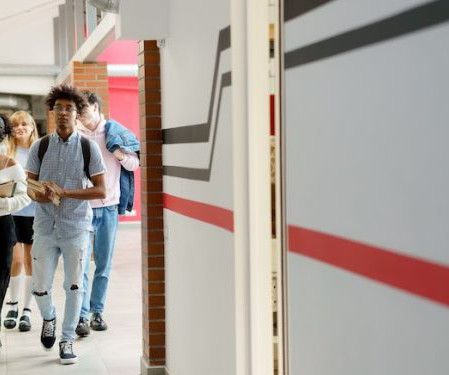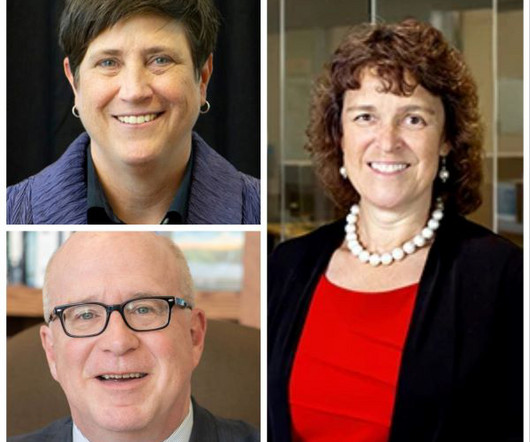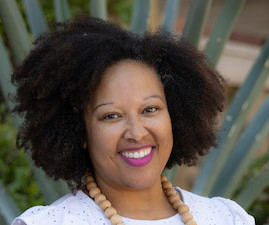Cultivating global learner ownership from high school to higher education
The PIE News
OCTOBER 13, 2023
million (CAD) in scholarships earned by our graduating class, our students continue to excel and are prepared to experience all the world has to offer. True academic empowerment includes school-level success, differentiation, and leadership. With more than $3.6












Let's personalize your content